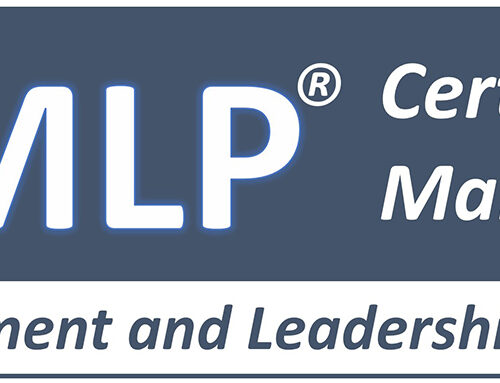This post was first published in my “Driving IT Productivity” column on CIO.com and has been updated from its original form.
Asset reuse is the repurposing of intellectual property, software, physical devices, business processes, and other similar company assets. From my perspective, this is one of the most powerful ways to maximize productivity. I say this because it helps you get more value out of the items you already own. In effect, you’re getting additional value for free.
Economically, there is a major financial incentive to reuse your created, purchased, and acquired assets. As an example, let’s assume that the purchase of a new software costing $50,000 was justified based on its ability to save the company $60,000 (For the finance people reading this, yes, I’m totally ignoring the time value of money to make the example as simple as possible.) over a machine’s expected life of three years. Therefore, its return on investment is 20% = ((60,000 – 50,000) / 50,000).
If the software can be used for a second purpose at no additional cost that saves an additional $5,000 during its three year expected life, then its total return on investment becomes 30% = ((65,000 – 50,000) / 50,000). This 10% increase in ROI came with no additional cash outlay and relatively no risk or additional effort. It only required inventiveness of the IT group.
My favorite two examples of this concept are Source Code Control (SCC) software and Project Management (PM) software. SCC software is designed to store, manage and version a company’s computer source code written in Java, C# and other languages. Once this software is purchased, assuming it’s not licensed by number of users, it can be used within other parts of IT at no additional cost. Assuming that it can also hold binary files, the IT Help Desk can use this software to keep track of components placed on the hard drive builds of newly received PCs and laptops. This SCC software can also be used on the Data Center side to store job control scripts, back up procedures and other related files. Continuing on this example, this simple repurposing of existing software creates two types of productivity, reuse productivity (multiple uses of the same asset) and knowledge worker productivity (time saved through implementation of this SCC software).
The key to maximizing your asset reuse potential is to follow the six steps process listed:
1. Create an asset inventory
By the term “asset”, I mean anything that you have purchased, created, or acquired. By purchased, it could be software, trucks, medical devices, or any other tangible/conceptual items. By created, I’m referring to internally created software, whitepapers, marketing materials, training materials, etc. Lastly, by acquired, I’m referring to opt-in email lists, customers, website traffic, and other similar items.
2. Categorize and combine assets into logical groups
With all your assets listed, your next step is to categorize them into logical groups based on asset type and logical groupings. By asset type, I’m referring to its physical, or logical makeup. For example, a list of all published research documents could be a subset of all written materials. By logical groupings, I’m referring to various asset types related to a single activity, such as inventory control.
3. Assess asset reuse potential
Your next step is to brainstorm with other parts of your company as to how these assets can be used to solve new problems, improve existing processes, create new products, or establish new revenue sources.
4. Gain approval
With your idea in hand and business partner secured, your next step is to gain approval for the project.
5. Implement reuse plan
Your goal here is to implement your reuse vision. Also, remember to keep your project’s Critical Success Factors (CSFs) and Expected Productivity Gains (EPGs) in mind.
6. Measure results
Keep a log of the measurements of your reuse projects for future analysis. It may help you develop benchmarks related to the ROI of this type of project. Additionally, it may prove interesting to compare the ROI of reuse projects to the ROI of standard projects (non-reuse), which create new assets from scratch.
In closing, the key take-a-way here is not the specific six steps listed above, even though they provide a systematic way to implement this concept. It’s the concept itself, causing you to be watchful for reuse opportunities that ultimately provides the greatest value to your company.





